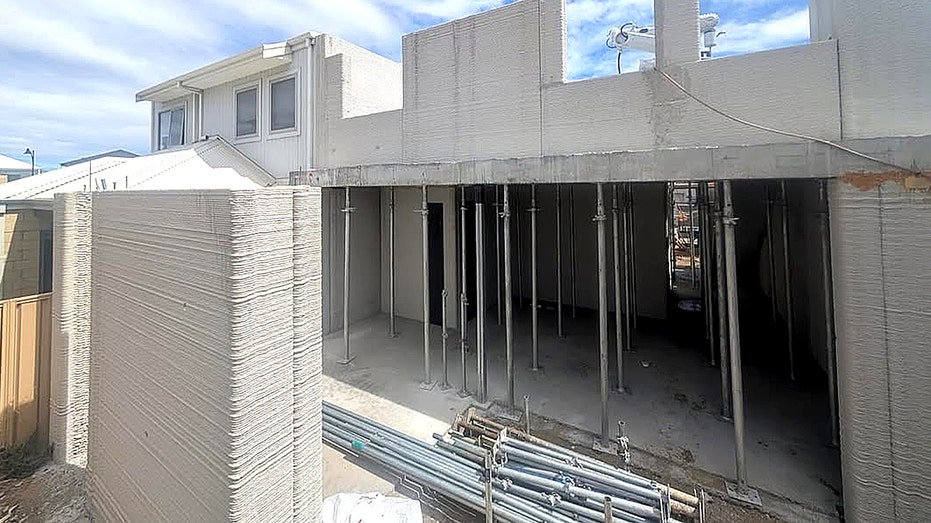Australia Achieves Milestone with First Multi-Story 3D Printed Home in Just Five Months

Australia has taken a significant leap forward in innovative construction technology with the completion of its first multi-story 3D printed home. Located in Tapping, near Perth, Contec Australia finished building this two-story residence in only five months, with the structural walls printed in a remarkable 18 hours of active printing time. This breakthrough not only showcases advances in building speed but also hints at a transformative future for housing worldwide.
Revolutionizing Housing with 3D Concrete Printing
The Tapping project exemplifies how 3D printing can reshape residential construction by offering faster, more sustainable, and cost-effective solutions. Unlike traditional methods relying on bricks and mortar, Contec’s robotic printer extrudes a specialized concrete mixture directly from a digital model. The process allows for complex architectural designs, curved surfaces, and customized openings without significant additional costs. The resulting walls are fire-resistant, water-resistant, termite-proof, and rated to withstand cyclones—features particularly valuable in regions prone to extreme weather events.
Efficiency, Sustainability, and Durability
The project demonstrates concrete advantages over conventional construction, including a 22% reduction in costs compared to traditional masonry in Western Australia. The walls set within three minutes, enabling rapid layer stacking and minimizing waste. The use of recycled materials like coffee grounds in the mix further lowers CO₂ emissions by around 30% and reduces overall environmental impact. Additionally, the structural strength exceeds that of standard brickwork, offering enhanced safety and longevity.
-
How to Protect Yourself from Sophisticated Web Injection and Phishing Scams

-
New Malware Threat: FrigidStealer Exploits Fake Updates to Compromise Data

-
CDC Delays Key Childhood Vaccination Advisory Meeting, Preserving Immunization Schedule for Now

-
FBI Issues Urgent Warning About Alarming ‘Smishing’ Scam Targeting Mobile Users

Global Context and Future Implications
While companies like Icon in Texas have pioneered 3D printed homes, many of their multi-story projects employ hybrid construction with traditional framing for upper levels. Contec’s achievement in printing both stories in a single process marks a significant step toward fully 3D-printed multi-story buildings, potentially transforming the American housing market. As labor shortages and rising costs persist, such innovations could accelerate the adoption of 3D printing in residential development.
International Developments and Innovations
Parallel efforts, such as the ongoing construction of the world’s largest 3D printed schools in Qatar, highlight a global shift toward rapid, sustainable building methods. These projects aim to demonstrate the scalability of 3D printing technology, making it a promising solution for addressing housing shortages and disaster resilience worldwide.
Potential Impact on the U.S. Housing Market
With estimated costs for 3D printed homes in the U.S. ranging from $100,000 to $150,000, the technology offers a promising route to more affordable and durable housing. As speed and sustainability become critical factors, 3D printing could significantly influence future development, especially in areas facing environmental challenges and economic constraints.
For more information on 3D printed construction and sustainable building innovations, visit official resources such as the American Concrete Institute or the 3DPrint.com industry portal.
